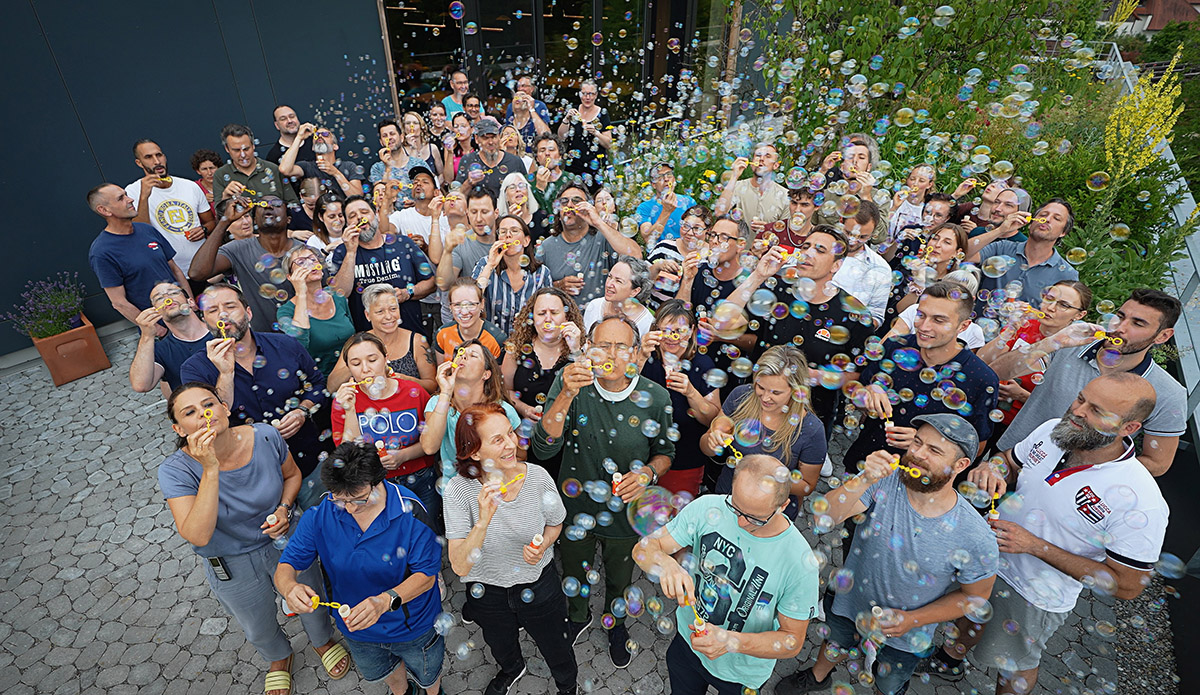Top 10 Design Agencies in Germany: The Future of Media
TEXT: NANE STEINHOFF, WARC MEDIA I PHOTOS: UNSPLASH

WARC Media recently published its The Future of Media 2024 report, highlighting trends in media planning, advertising investments and the media ecosystem. It outlines why it’s still vital to have a good design agency by your side when it comes to corporate design and advertising strategies.
In the report, WARC Media predicts that global advertising spend will double its growth in 2024 with spend expected to top $1 trillion for the first time ever. Key to this growth is the adoption of artificial intelligence (AI). However, the growth of AI raises challenging questions about media quality and the future of advertising on the open internet. With concerns around media quality affecting all aspects of media planning and buying, The Future of Media 2024 report takes a look at platform power in the era of AI, the current state of linear TV, the future of attention measurement, and the growth of in-game advertising.

Paul Stringer, managing editor, research & insights, WARC, said: “As marketing budgets rebound in 2024, uncertainty swirls around where best to direct investments in media, the role of AI in planning, and how to assess media quality. And as politics temporarily engulf culture with impending elections in several major economies, and the threat of low-quality AI-generated content looms large, media environments that can offer suitable guarantees around brand safety will take on extra value.”
Some of the key trends outlined in The Future of Media 2024 include AI-based advertising solutions. While this has generated a fair deal of excitement among advertisers, these trends have also prompted fresh concerns about advertising transparency and increased speculation about the future of advertising on the open web. For agencies and brands, transparency should be prioritised when working with AI-based tools, AI-generated content is a threat to media quality and brand safety, and brands should take steps to protect their investments in open web advertising.

Furthermore, an increasing number of brands and agencies are embracing attention measurement as a means of assessing creative and media quality in 2024. However, a lack of common standards and substantial evidence are two potential barriers to attention measurement achieving widespread adoption and legitimacy.
A common criticism of attention measurement is that it is strongly biased towards visual media. The top tools used across all companies are eye tracking (50%), survey-based ad recall (46%), tuning duration/dwell time (42%) and facial coding (42%). The need to understand how attention works across different media channels and formats is resulting in more research and the building of new models of media quality. Brands and agencies should scrutinise vendor tools and methods, conduct their own experiments into attention to determine its value to their advertising, and prove the business effects of attention.

Subscribe to Our Newsletter
Receive our monthly newsletter by email




